DPI is Making a Difference in Southern Utah

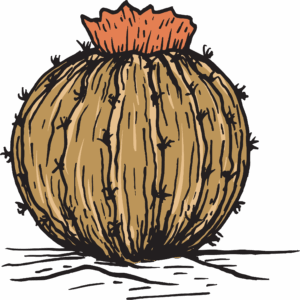

Learning About Invasive Vs. Native Plants
Why it Matters
Although desert habitats often appear tough and virtually unchanging, in some ways nothing could be further from the truth.
The word preservation may bring to mind museum exhibits or fenced off landscapes, but for DPI preservation is about maintaining thriving, living environments.
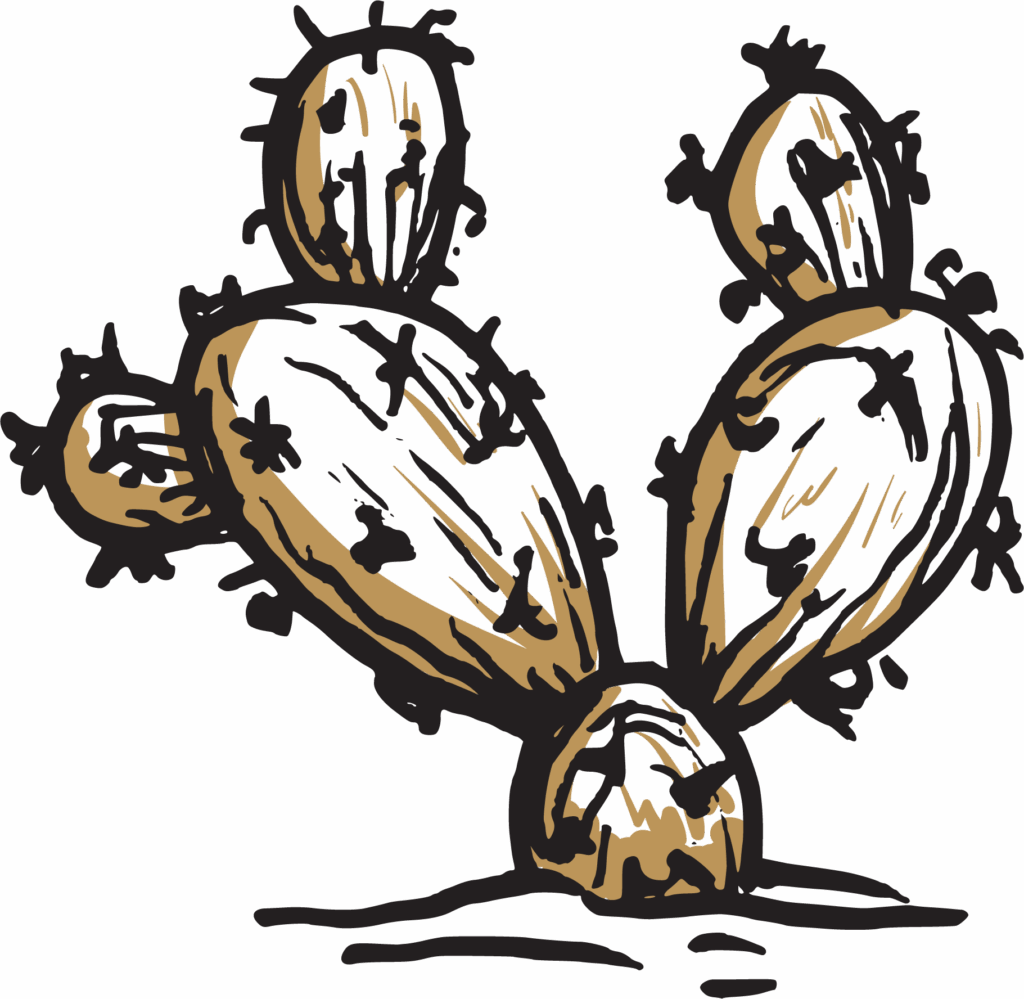
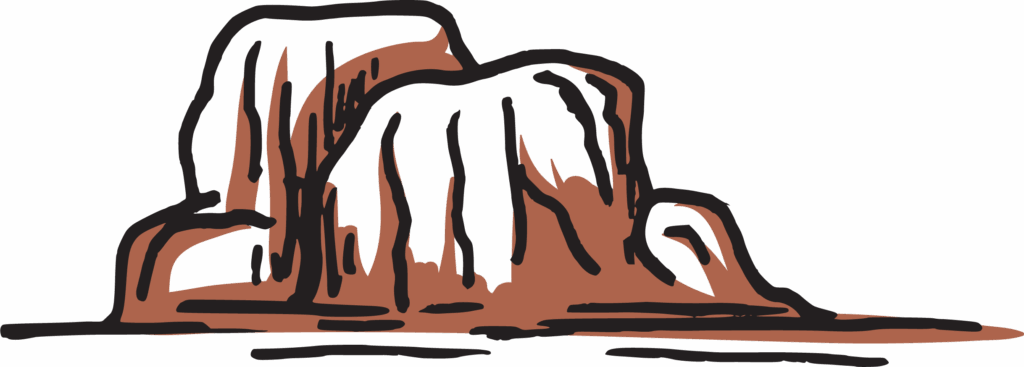

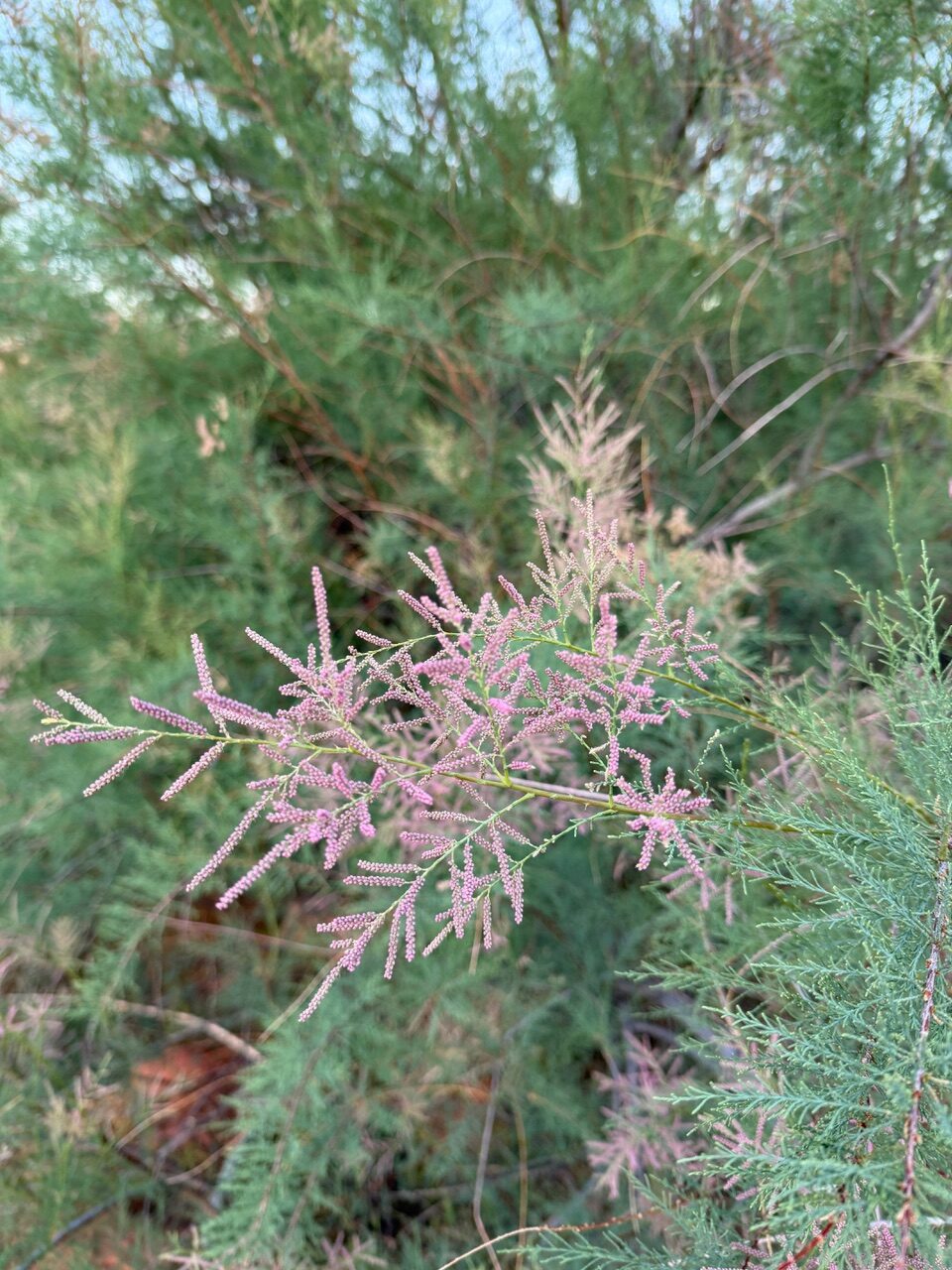
why Is Tamarisk Such a Big Problem in the Southwest US?
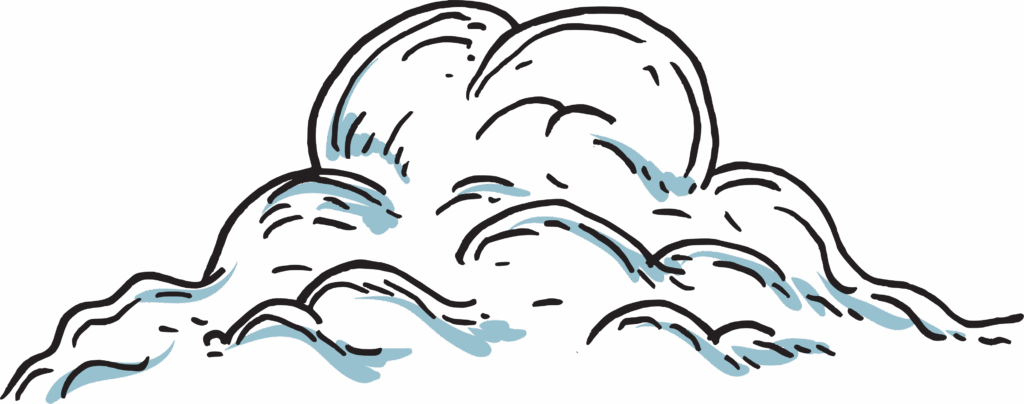
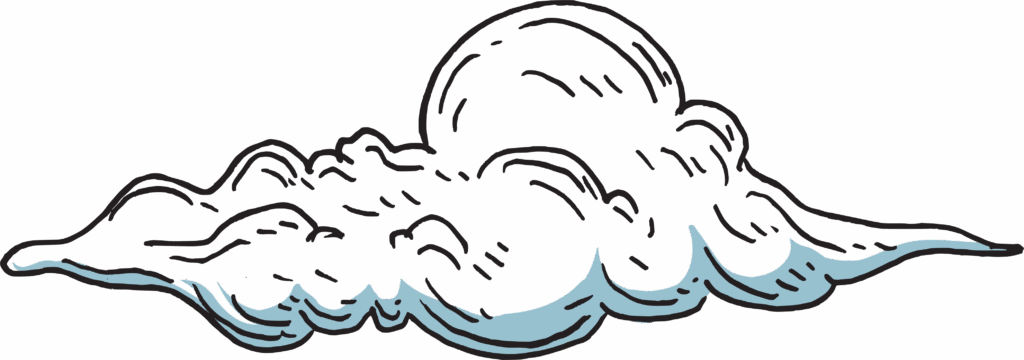

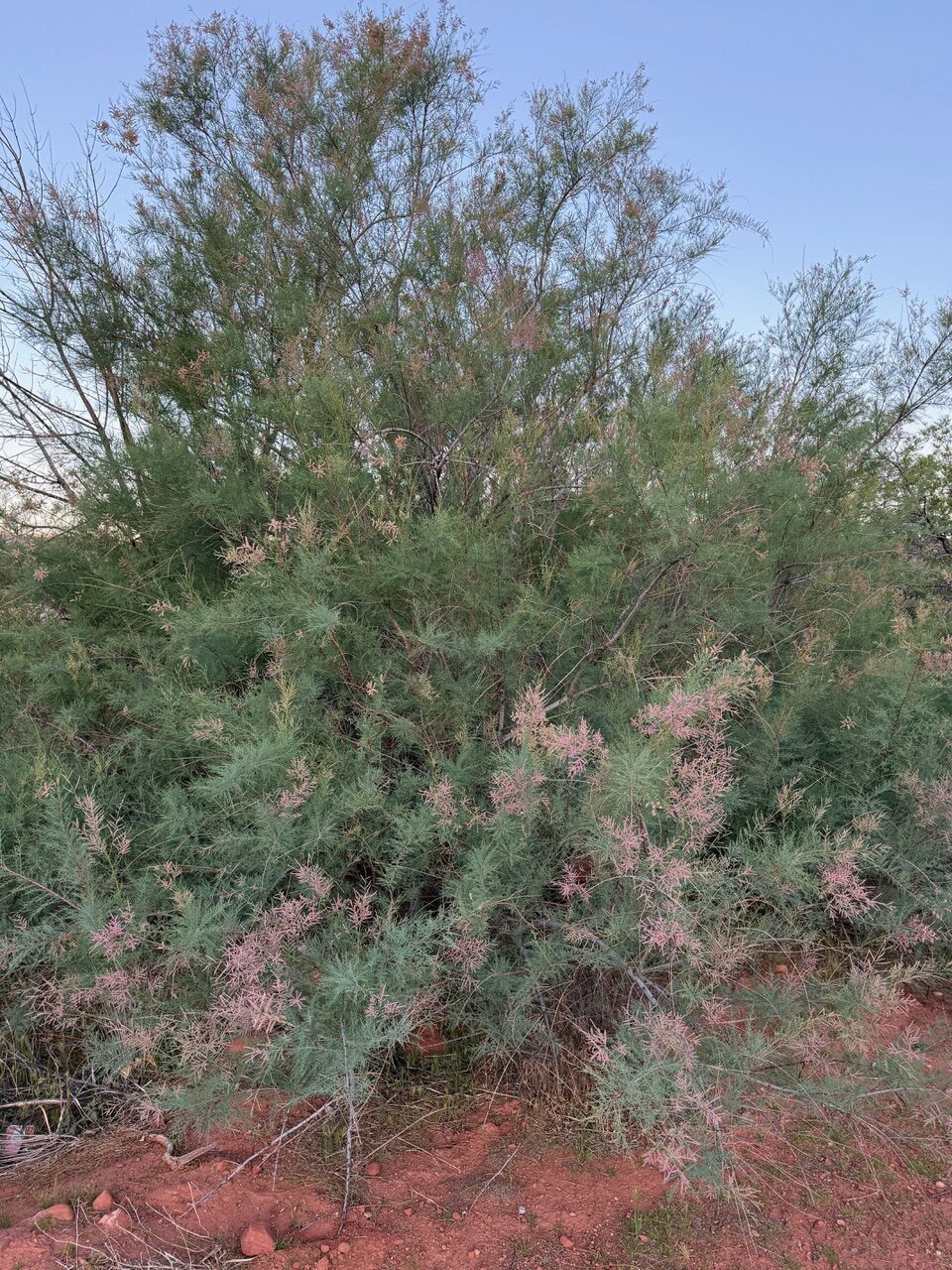
Invasive plants like tamarisk are a threat on a national scale.
Tamarisk and other invasive plants can affect our economy, environment, and human health
Invasive plants affect land now, and for future generations.
The longer we wait, the more expensive it will be to control invasive plants. You can be a part of the solution by being aware of invasive plants and taking action to prevent their spread
Invasive plants make it harder to enjoy the outdoors.
What Science Says
We have researched and compiled a list of successful projects in this region in order to draw on the best thinking and best practices of others invlved in similar restoration and revegetation projects.
Desert Preservation Initiative, in turn, shares our expertise and consults with other groups wishing to address the problems caused by invasive species in similar situations.
We have dug deep into the most successful practices for removing tamarisk, which includes the spraying of herbicide on cut stems within ten minutes of a cut being made.
One of our volunteers, Ken White, has done extensive research to create a toxicological review and risk assessment of the herbicide, ‘Pathfinder’.
In addition, we are in the process of creating a database of native and invasive plants in our area and of identifying those plants that would be most successful in restoration planting.
Internationally known botanist, Dr. Terrence Walters, has created a set of definitions of best terms for communication about nativity and non-nativity of plant species.
How We work
Phase 1: Initiation
Phase 2: Removal
Phase 3: Monitoring
Monitoring becomes essential as a team of volunteers takes on responsibility for visiting the site and recording changes every three months for the next 18-24 months. During the Monitoring Phase, volunteers locate and treat any regrowth of tamarisk, remove any invasive seedlings that have entered the site, record the ecological changes observed, including water and drainage changes, and record the growth of native plant species and signs of local fauna through time. Once the team has recorded two consecutive on-site reviews after the first six months with zero regrowths, long-term monitoring is handed over to the property owner.
Phase 4: Restoration Phase
- Seeds produced from plants around the edges of the site
- The existing seedbank of the previous native species in the area
- New plants sprouting from existing underground rhizomes
If the coordinators believe the site could use some intervention to support and expedite its health and appearance, the Restoration Phase team will begin determining the species that should be purchased and planted. If planting appears to be necessary, the Restoration Coordinator will work with the project’s property owners for approvals and implementation, as needed.
Phase 5: Archival Work
Putting it all Together
Through the use of in-depth processes like our multi-phased work approach and a dedication to data-backed insights, we aim to achieve results as efficiently as possible in the field. By partnering with homeowners, local agencies, and fellow conservation groups, we expand the reach of our projects and multiply their impact.
Each step — from careful planning and safe removal to ongoing monitoring — ensures our work contributes to a healthier, more resilient watershed for generations to come.
If you’d like to be part of this difference, consider supporting our mission.
